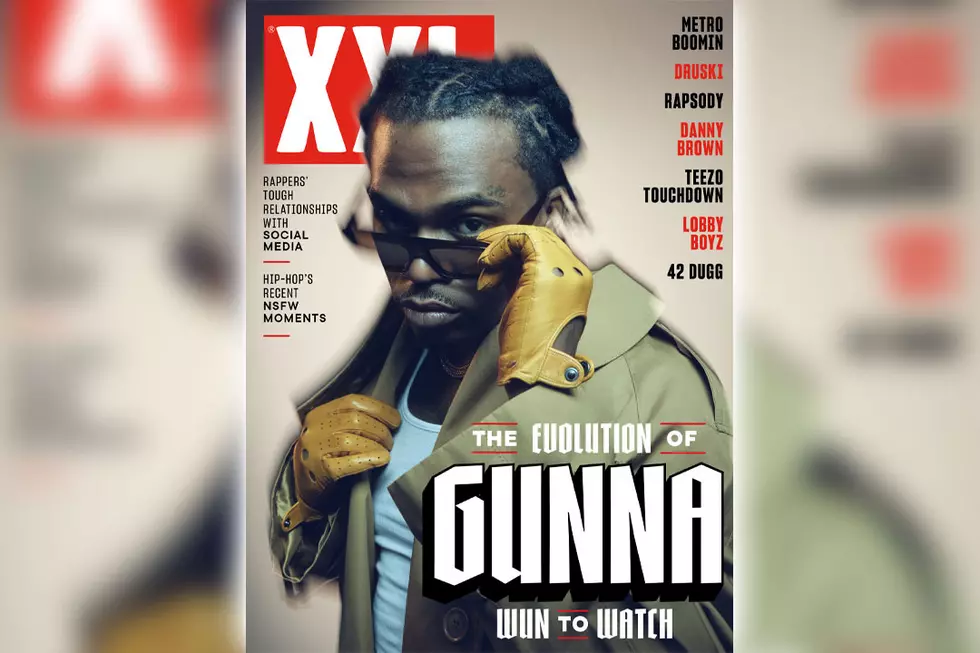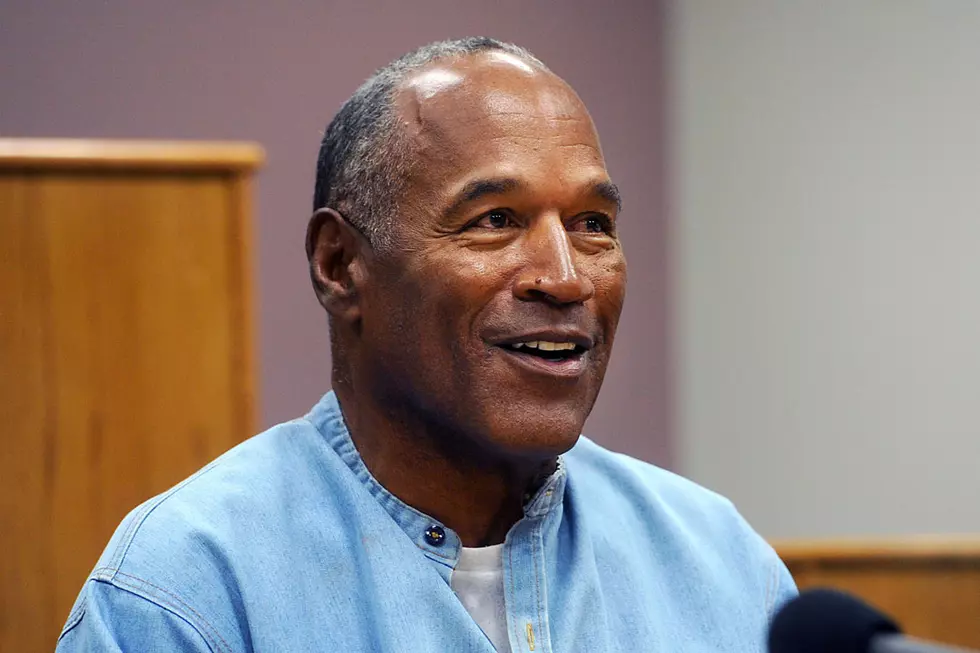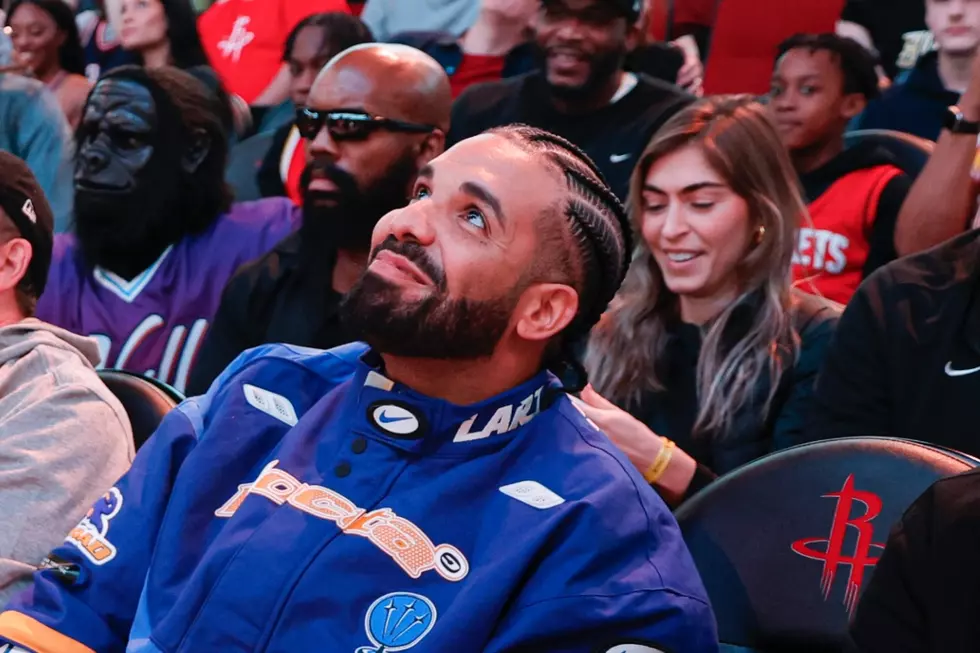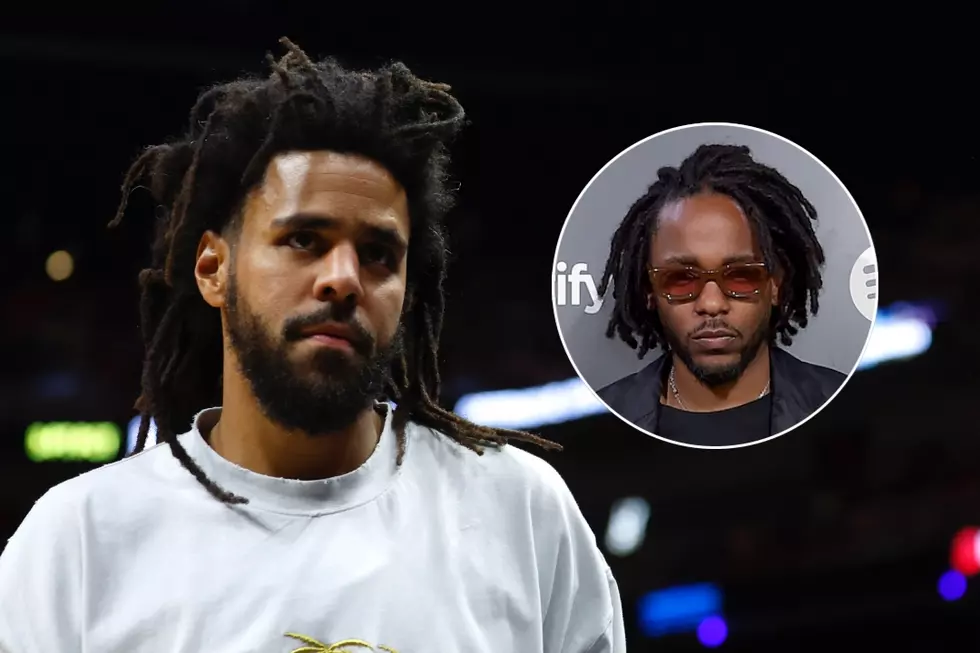
How ‘Aquemini’ Established OutKast as Premier Producers
Aquemini is what happens when you afford two creative cats the two commodities big-thinking artists crave most: money and time.
Heralded in several circles as OutKast’s best full-length project—a Chronic for the South, and/or one of the greatest achievements in 1990s music, period—André 3000 and Big Boi’s third LP marries ambition with focus. It strikes that elusive union between taking risks that bend your mind while still delivering enough familiar threads to warm you like comfort food.
Dré’s breakthrough as the MC's MC is often mentioned first and foremost in discussing the set, which is understandable given his virtuoso bars on tracks like “Da Art of Storytellin’ (Pt. 1)” and “Return of the ‘G’.” Though Big Boi’s vocal contributions are rocksteady as always (and he does handle the bulk of the hook-crafting here), Aquemini is the launchpad that sprung Dré into your top-five-dead-or-alive debates. Heck, as recently as Eminem’s brand-new album Kamikaze, ’Kast’s lankier member gets name-dropped as one the game’s lyrical standard bearers.
But Aquemini serves, more importantly, as a coming-out party for OutKast as producers in their own right, taking a giant step away from the shadow of Organized Noize, the ATL wizards that groomed them.
André Benjamin, Antwan Patton and “Mr. DJ” David Sheets—who, despite the Grammys on his shelf, will never get enough props for his contributions to the group—were still teenagers when they broke through with 1994’s Southernplayalisticadillacmuzik. They began tinkering with the boards on 1996’s wonderfully weird follow-up, ATLiens, and by 1998, they felt comfortable taking the sonic reins and running.
The commercial success of ATLiens gifted the duo a juicier recording budget from LaFace Records and the freedom to essentially live at a couple of Atlanta music factories: Bobby Brown’s Bosstown Recording Studios and Doppler Studios. For weeks on end, a revolving door of live musicians would roll in to live, eat, sleep, work and play. No fewer than 40(!) artists contributed vocals or instrumentation. Another 21(!) different credits go to mixers, engineers, arrangers, producers and composers.
"It usually takes us two to three years to make a record because we take our time,” Big Boi told XXL in 2013. “We ain’t giving you that fast food, trying to meet a deadline. It ain't done until it's done sonically."
Not unlike The Roots’ jam session of Philly lore, guitarists, keyboardists, and drummer would pop by for mind-bending jam sessions. The cream of those improvised hours would be distilled into songs and blessed with lyrical excursions equally daring.
When discussing Aquemini’s recording process for a making-of article that appeared in Creative Loafing, contributing producer Neal H. Pogue compared those organic assemblies to that of Stax or Motown’s heyday. The music almost always came first, with Big Boi and André painting words atop canvases already so rich and textured.
Bold features were enlisted to execute such as grand vision. The Wu’s Raekwon was essential to the monumental, warp-speed East Point–Shaolin collab “Skew It on the Bar-B,” back when regional lines were less frequently crossed in the booth. Godfather George Clinton adds wild wisdom to the paranoid “Synthesizer.” And Erykah Badu—Dré’s girl at the time—and the Goodie Mob pile on for the expansive “Liberation,” which alone clocks in at eight minutes and 46 seconds.
Even the few samples used on the album are pulled from a hodgepodge of biggies: Curtis Mayfield, Genesis, Sly Stone, Henry Mancinci.
Psychedelic funk, prog rock, boom-bap, skits, folk samples, newscast snippets, Dixieland glee—throw it all into one giant stew pot and let the listener’s ears discern the flavors. Their hearts sort through the moods.
The underrated “Slump” pinches in baby cries and loops a hoo-hoo backing chorus that sounds like a barbershop quartet emerging from a swamp. The two-act suite of “Da Art of Storytellin’” contrasts hyperactive snares with slinky synths, enough that André’s dazzling rhymes don’t completely steal the show. And the title track bounces Mr. DJ’s cuts off a worming, beautifully somber bass line.
“It was very experimental,” Big Boi said. “It was just a lot of time spent on the production on it.”
Funny thing is, there weren’t too many cooks in Aquemini’s kitchen. Orbiting in its own solar system, the album can hoist that elusive dual victory of commercial success (double platinum in sales) and critical acclaim. The Source bestowed a rare five-mic rating, and Rolling Stone includes the platter among its 500 Greatest Albums of All Time. Even at its seemingly bloated 75-minute run time, it holds up, easily.
As Raekwon puts it more succinctly on the “Bar-B” intro: “You gotta come provocative…. Shit gotta be spine-tinglin’ with mad styles and crazy dangerous, I mean, bust-your-shit-open beats, you know what I mean?”
Deeper, busier yet listenable years after the fact, Aquemini—the first album produced mostly by OutKast themselves—is what other artists such as Common (with Electric Circus) or Kendrick Lamar (To Pimp a Butterfly) would later fall just short of hitting.
As “Rosa Parks” moved to the front of the video playlists, Dré, Big Boi and Mr. DJ would formalize themselves as a production team under the moniker Earthtone III (ET3), buoyed by Aquemini’s success. Organized Noize gradually crept back from the beat monster it created, and the members of ET3 would be credited for roughly 80 percent of OutKast’s chart-smashing output going forward: Stankonia, Speakerboxxx/The Love Below and Idlewild.
Pop acts like Lenny Kravitz, Backstreet Boys, and No Doubt tapped OutKast, the producers, for remixes, and they’d still deliver the goods for Southern heroes like Mystikal, Slimm Calhoun, and Killer Mike.
Aquemini laid the formula: Experiment all you want, but it gots to be funky.
As Big Boi spits on “West Savannah”: “You listen to that booty-shake music in your trunk/As long as there’s that tic-tic followed by that bump.” —Luke Fox
See 60 Hip-Hop Albums Turning 20 in 2018
More From XXL









